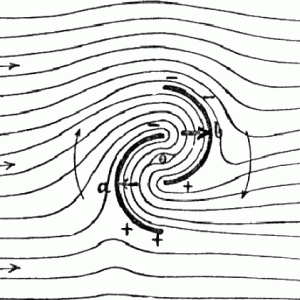E – 2019 Important Concepts in the Seismic Design: What needs to be Done & What needs to be Avoided
$50.00
Courses Included
The objective of this course is to assist a licensed design professional, forensic structural engineers, consulting engineers or/and a licensed general contractor to deeply know, and understand the fundamental principles that should be observed strictly at the conceptual planning stage of a building since these have a great impact on the overall performance of the building during an earthquake. The behavior of a structure during an earthquake depends largely on the form of the superstructure and on how the earthquake forces are carried to the ground. For this reason, the overall form, regular configuration, flow of loads, and framing system of building may be of serious concern if not taken care of in the first stage of planning. Until now, there is not enough coverage in the references that the structural engineers can refer to, and this course is considered a pioneer in this field and has a precedence.
The first nine sections of this course deal with the fundamental principles that should be observed strictly at the conceptual planning stage of a building since these have a great impact on the overall performance of the building during ground motion. Next, functional planning and the framing systems are discussed. The type of framing system opted will govern the load transfer mechanism for gravity and lateral loads and may dictate the choice of particular materials for construction to be used for good performance and economy. The course ends with the desirable properties of construction materials for earthquake-resistant structures.






